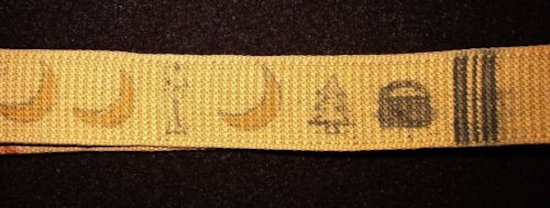Northern Litchfield County Council
In the fall of 1928, the National Office pressured the Torrington Council to expand and include sixteen additional towns in northwest Connecticut. The volunteers in Torrington were wary of the additional expense, and troops in the outlying towns were not particularly keen on a local council. Impatient with the tactics of delay, the National Office threatened to incorporate the entire area into the Waterbury Council.
The members of the Torrington Council conceded, and troops from Kent and Warren were made formal members of the council on the last Friday in December of 1928. To reflect this expanded mission, the council voted to change its name to the Northern Litchfield County Council, and to incorporate. John Calder, as chairman of the Troop Organization Committee, along with Commissioner F. Earle Coe and Council Executive Edward Jacot, traveled throughout Litchfield County to persuade Scouters to affiliate with the council. They offered the service of a Scout professional and the summer program at Workcoeman. In the farm communities, where Scouts often had to work during the summer, camp was not much of an incentive. Even with the council advantages, the individual troops would lose some of their independence, and their identity—come rechartering time, the various Troop 1s in each town would be assigned new numbers. After four months of promotion, only the West Cornwall Troop joined the council. Eventually Camp Workcoeman won over the Winsted Scouters, but by then the National Council had enough of the dithering. In July of 1929 they transferred eleven more towns to the Northern Litchfield County Council.
On the seventh of July Camp Workcoeman opened, with Scouts from Kent, Torrington, and Warren in attendance. With more boys from Torrington than the previous year, and Scouts from additional towns, the dining hall that had been adequate just two years prior was crowded. The number of seats in the dining hall set the capacity of Workcoeman at forty-four. With space at a premium, the staff set up a twenty-foot by thirty-foot tent and a thirty-foot square tent to accommodate rainy day activities. The highlight for Scouts in the second week was when they had the opportunity to take over the camp. For one day, various Scouts served as Camp Chief, counselors for swimming, boating, and handicraft, and even chef.
The image below shows a Scout belt with various stamped emblems, each representing some form of camp achievement. Although probably not from Workcoeman, this type of belt recognition was introduced at camp in 1929.
